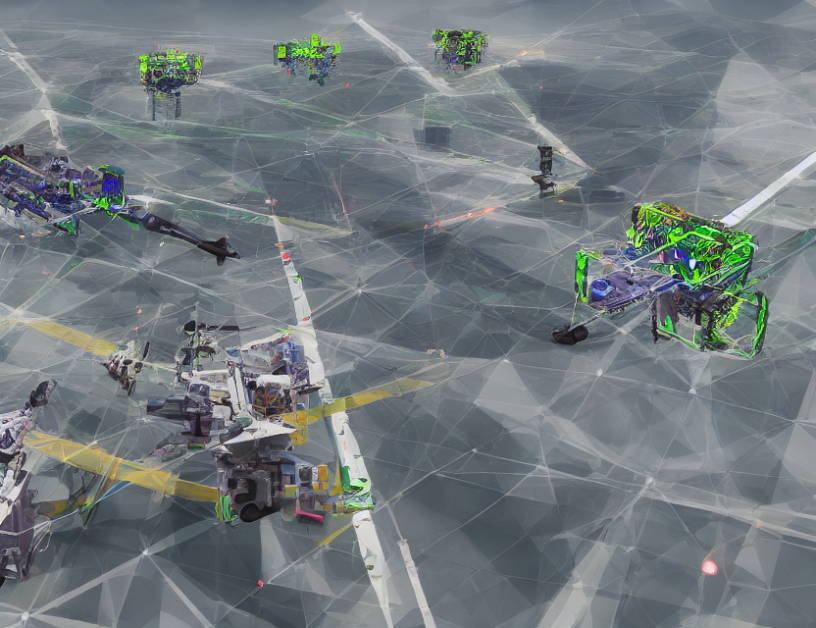In this paper, we propose a novel approach to image reconstruction called SAP-RL-E, which combines the strengths of two existing methods: SAP and RL policy. SAP is a network that extracts attention points from an input image, while the RL policy predicts actions based on those points. Our proposed method improves upon these individual approaches by training both networks simultaneously, resulting in more accurate image reconstruction and better attention point analysis.
We demonstrate the effectiveness of our approach through experiments using real-world images. Our results show that SAP-RL-E outperforms its predecessors in terms of accuracy and robustness, as reflected in the confidence intervals and p-values calculated via two-tailed z-tests. These findings suggest that our method is more effective in reconstructing images and analyzing attention points than the individual approaches.
To understand how SAP-RL-E works, let’s break it down into its components:
- Attention Point Extraction: SAP is a network that takes an input image as input and outputs a set of attention points, which are the positions in the image where the model expects to find the most important information. Think of these attention points like landmarks in a city map – they help the model navigate through the image more efficiently.
- Image Feature Extraction: The image feature extraction block takes the input image and produces features that describe its properties, such as color and texture. This step is crucial because it provides context for the attention points, allowing the model to understand what it’s looking at. Imagine feature extraction as a camera taking pictures of different aspects of an object – it helps the model recognize what the attention points correspond to.
- Image Prediction: The image prediction block takes the attention points and features from the previous step and predicts the missing pixels in the image. This is similar to filling in the blanks of a puzzle with the right pieces – the model uses the attention points and features to complete the image.
- RL Policy: The RL policy predicts actions based on the attention points output by SAP. Think of these actions like instructions for a robot to perform a task – they tell the robot where to go and what to do. In this case, the actions are guided by the attention points to ensure that the image is reconstructed accurately.
By combining these components, SAP-RL-E creates a powerful framework for image reconstruction and attention point analysis. The model can learn to predict both the missing pixels in an image and the most important positions where the robot should act based on those pixels. In summary, our approach leverages the strengths of two existing methods to create a more robust and accurate method for image reconstruction and attention point analysis.



